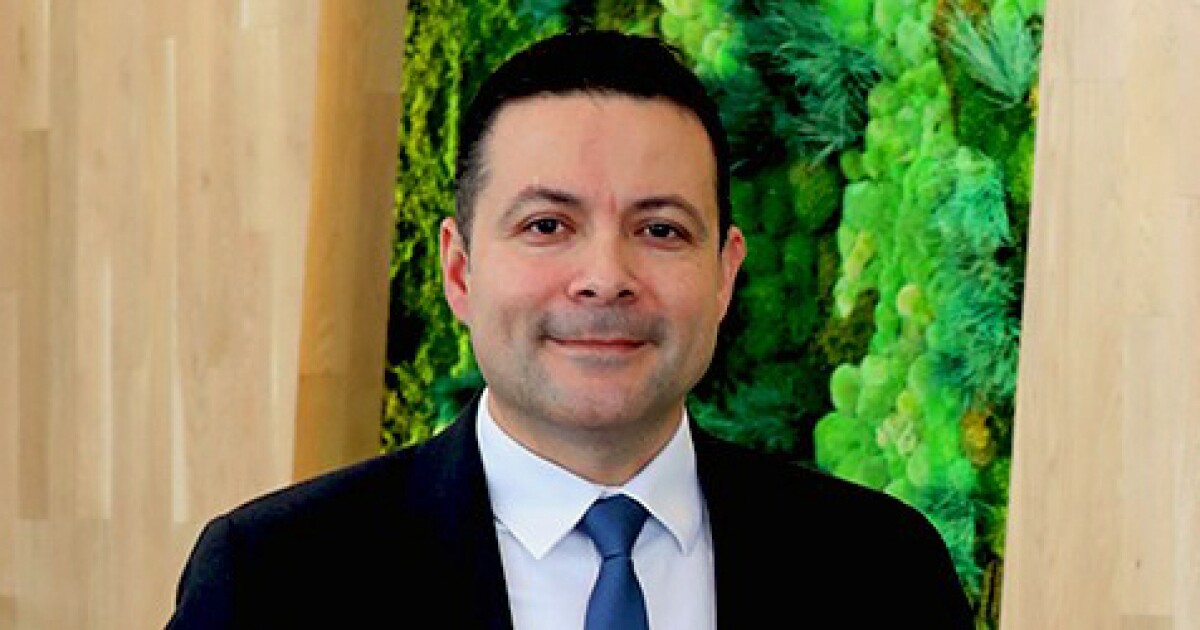Oregon’s new debt manager is having a very good year
4 min read

It has been a good year for Jaime Alvarez.
The 45-year-old was named Oregon’s director of debt management in October, after serving as deputy director/senior debt program manager for just under two years.
A few weeks after his promotion, he found out the state’s March $989 million general obligation bond sale was named , with Treasuries volatile after the Silicon Valley Bank collapse, interest rates rising and the Federal Open Market Committee hell-bent on tightening.
Seeing what was happening in the market, the finance team decided to focus on attracting a greater number of retail investors, Alvarez said.
“Leading up to the deal, we did kind of contemplate whether it made sense to put the transaction on hold,” Alvarez said. “We decided to continue.”
The treasurer met with investors in New York and Boston, as well as with retail investors in Oregon, he said.
The state offered a minimum denomination of $1,000, rather than the more standard $5,000 on both the taxable and tax-exempt bonds. It also did proactive retail outreach strategies including placing radio, online banner and newspaper ads. The team also scheduled in-person meetings with investors and included an ESG/sustainability component to attract more retail investors. It achieved total retail orders in excess of $800 million, 82% of the par amount.
The week that the March transaction sold, Alvarez said, no one knew what was going to happen.
“We were confident about our name recognition in the market and that we would have good, robust interest,” Alvarez said. “Especially with the flight to quality.”
Oregon GO bonds are rated Aa1 by Moody’s Investors Service and AA-plus by S&P Global Ratings and Fitch Ratings. All assign stable outlooks.
“There were a lot of investors trying to figure out where to put their money,” he said. “The amount of interest far surpassed what we thought we would get.”
The 2023A-D bonds received more than $806.4 million in retail orders, $116.6 million of which were from individual investors, according to data provided by Eric Engelson, the treasurer’s spokesman. In the three years prior, retail orders from individuals were limited and at most $26.9 million for a single transaction, Engelson said.
BofA Securities and J.P. Morgan were lead managers on the deal that included $804.8 million of tax-exempt debt in two series and $184.1 million of taxable debt in two series. The proceeds are being used to support the state’s capital projects.
The March transaction kicked off the state’s issuance cycle. Given the success it saw from the March transaction, the state proceeded in the same manner on each deal that followed this year, Alvarez said.
“We didn’t put as much effort into the marketing campaign, but we prioritized retail,” Alvarez said.
In October, when the state sold $148 million in GOs, it got more than $1 billion in orders, and $250 million of that was retail, he said.
“We repriced all along the curve,” he said. “We knew we were going into the market on that day and that supply was going to be low, because a lot of issuers were on the fence.
“We heard from our underwriters that retail was still a good part of the market, but they weren’t sure if institutional investors would hold back. On this deal, (October’s deal), institutional investors did show up.”
The October deal received interest from institutional investors on multiple maturities across the curve, but 24% went to retail, compared to institutional.
Alvarez had the draw of family living in the Pacific Northwest, as well as what he considered a great career opportunity, when he headed north from Texas in 2021.
He grew up in Texas, but he and his wife had spent many family vacations in Oregon, he said.
Now, Alvarez oversees the statewide program responsible for issuing the state’s bonds and managing the state’s outstanding debt.
Like many people who have made a career in public finance, it wasn’t a direct route for Alvarez, whose first position out of college was working for the Bank of New York on the trustee side of a bond deal.
“I was dealing with different issuers, and ultimately decided I wanted to get into more of a public service role,” he said.
His primary goal at this point is to remain flexible in structuring the state’s bonds while being prudent and transparent.
“With the GO’s we priced in October, and the one we did in March, we stayed with the structure, but put taxables up front and tax-exempt on the back end to take advantage of the spreads and how the market was reacting,” Alvarez said.
He said Knights’ move to engage BondLink to provide a public-facing website for bond issuance and disclosure has created the kind of transparency he values.
“Through investor outreach, we have heard from a lot of Oregon citizens who are interested in purchasing bonds,” he said.
Having the state’s financials and bond schedule on the portal, makes it easy for retail investors to stay abreast of when the state is selling bonds, he said.
“I came into a team that was already positioned well, and the state has a great name, and has been operating well,” Alvarez said. “I just want to manage well and reassess any risk that may be coming up, and try to keep the focus on fiscal responsibility and transparency.”







